Off-paddock investment
4 min read
Making good decisions when investing in off-paddock infrastructure requires sound analysis of your farm system and available options . Check with your regional council about any regulatory requirements, such as minimum standards if a resource consent is required, prior to planning any off-paddock infrastructure. Be aware of animal welfare requirements in the Dairy Cattle code of welfare when designing your system.
Planning for long-term success starts with understanding the full scope of costs involved – not just the upfront investment, but hidden expenses including ongoing maintenance, labour, and equipment. A well-thought-out approach helps avoid unexpected financial burdens. Investing in the right infrastructure is key to ensuring your facility is efficient, supports animal welfare, meets environmental requirements and is resilient to extreme weather events. Well-designed off-paddock solutions can help protect pasture, improve feed management and safeguard production, making your farm more adaptable to changing climate conditions.
While any type of infrastructure can complement any system, some are more suited to more intensive systems, and you would have to intensify your system to balance the budget. Each type of infrastructure requires a different level of investment. For example, a poorly ventilated composting barn can hinder its functionality.
Consulting with experienced professionals and farmers who have recently built infrastructure can provide valuable insights into selecting the right facility and help you avoid costly errors ensuring it meets all necessary requirements.
Key components for planning are:
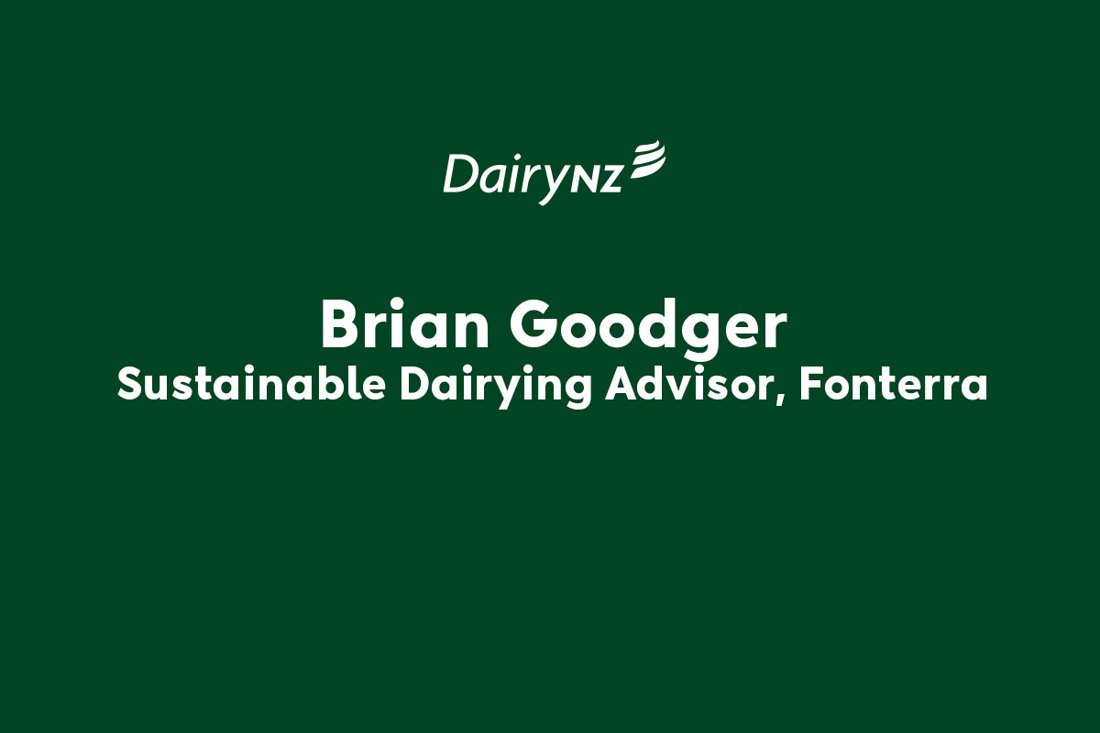
Brian Goodger, Sustainable Dairying Advisor, shares his top tips when considering building infrastructure.
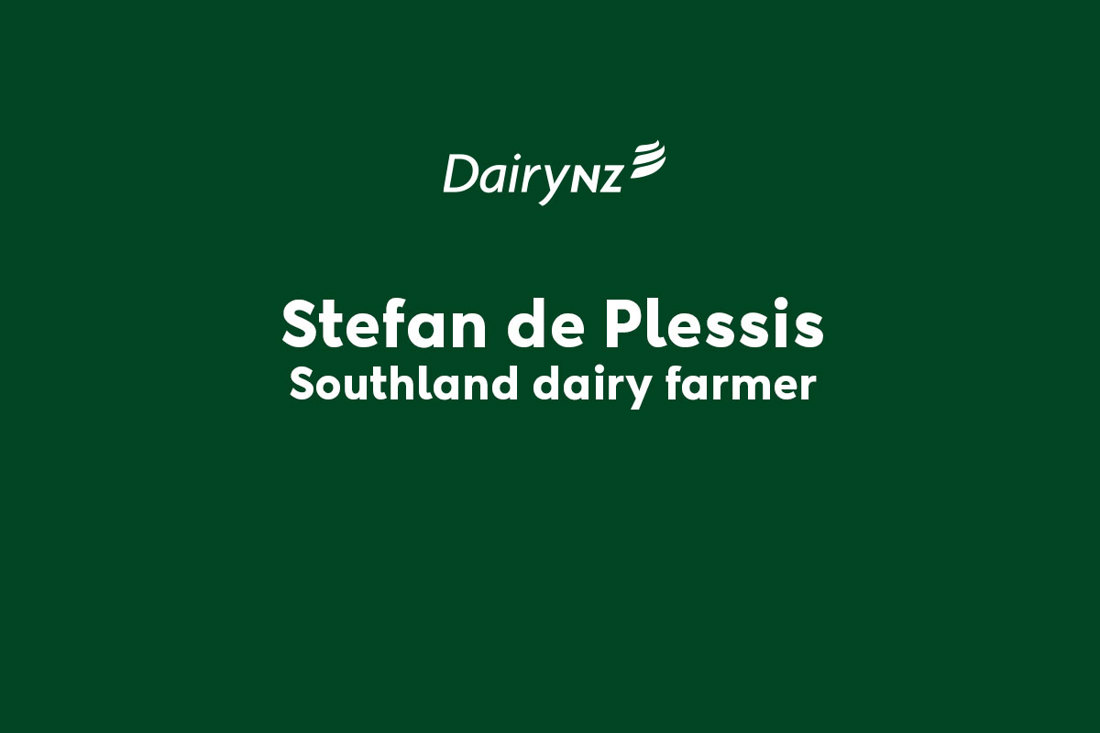
Stefan de Plessis, Southland farmer, shares tips for planning, helping your farm team adjust and machinery requirements.
Loose-housed barn - A loose-housed barn is where cows have the freedom to move around and rest in a large open area that is covered by a roof. There are many types of loose housed systems, with different bedding materials, constructions and design.
Free stall barn - Free stall barns are a roofed facility where cows have individual stalls for resting. Free stall barns can significantly improve feed usage, and reduce ongoing maintenance costs, but they can require a substantial initial investment and sophisticated management. Careful considerations around design, location, feed supply management, and cow spacing are vital.
Stand off pad - A stand-off pad is a purpose-built, drained loafing area where stock can be held for long periods when it is not suitable to have them on pasture. These can be covered or uncovered (i.e. with or without a roof). In most cases, stand-off pads are not a place to feed animals but a large area for stock to lie down and rest while protecting pastures from damage such as pugging and overgrazing.
Feed pad - A feed pad is used for regular supplementary feeding of cows on an area that is either formed with a solid foundation and/or concreted to establish a permanent feeding area. These can be covered or uncovered (i.e. with or without a roof). Feed pads allow efficient use of supplementary feed.
Cow comfort - Stalls vs bedded pack vs composting vs slatted floor. Consider the supply, operational costs and period of use.
Site orientation and contour - Site works can be prepared beforehand by the farm owner, these costs can be forgotten and not accounted for. Consider how will these affect environmental factors such as weather. For example, steel vs plastic roofing, how will it suit the environmental conditions such as wind and snow loading, lighting and ventilation.
Manure/effluent management - What kind of cleaning system is needed for the type of effluent generated? Are there additional infrastructure or application methods required? Not all facilities require a separate or increased effluent area or system.
Cost - Initial build and ongoing costs. The capital investment is not fully recognised in property value. Ensure you understand any specific requirements attached to green loans. It is difficult to compare build costs because of the diversity in purpose i.e. wintering, calving only, shoulder feeding etc. Cost/m2 is a good measure when comparing build costs, rather than cost per cow. Case study farmers mostly opted for turnkey/kit-type approaches rather than designing from scratch.
Key tips for the consenting process
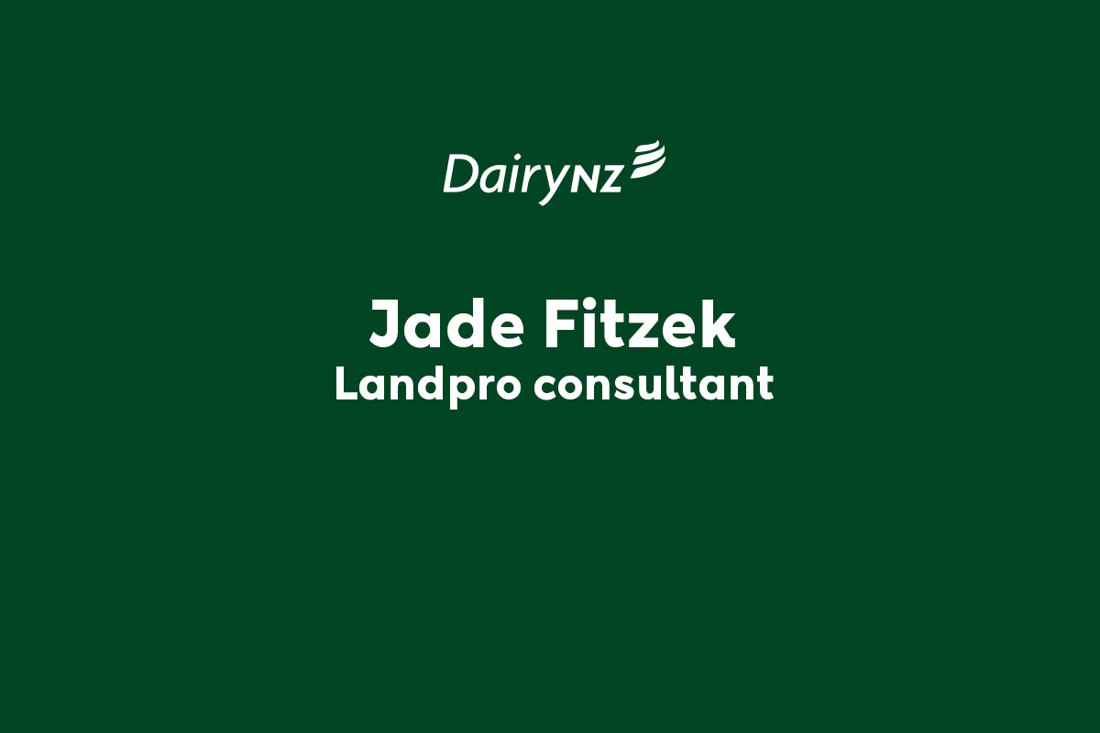
Jade Fitzek, a consultant from Landpro, shares her top tips to help with the consenting process.
Selecting the right project team is crucial for the success of any farm infrastructure project. Always build for the future. It is essential to communicate and set clear expectations with your build team as early as possible. Select people with strong reputations and experience with good problem-solving ability. They should provide good recommendations and local knowledge.
Case study farmers preferred turnkey or building kits over bespoke designs. If you are using a kitset build, ensure clear written instructions are provided. Ensure you take advantage of all natural light and avoid construction during winter.
Develop a plan for long-term supply of supplementary feed and bedding material (if required).Confirm your feed types – quality and dry matter are both important. Select the right bedding for your system.
Understand the amount of manure and effluent that will be generated and how to optimise your nutrient management. Ensure your design integrates with your current system (if applicable).
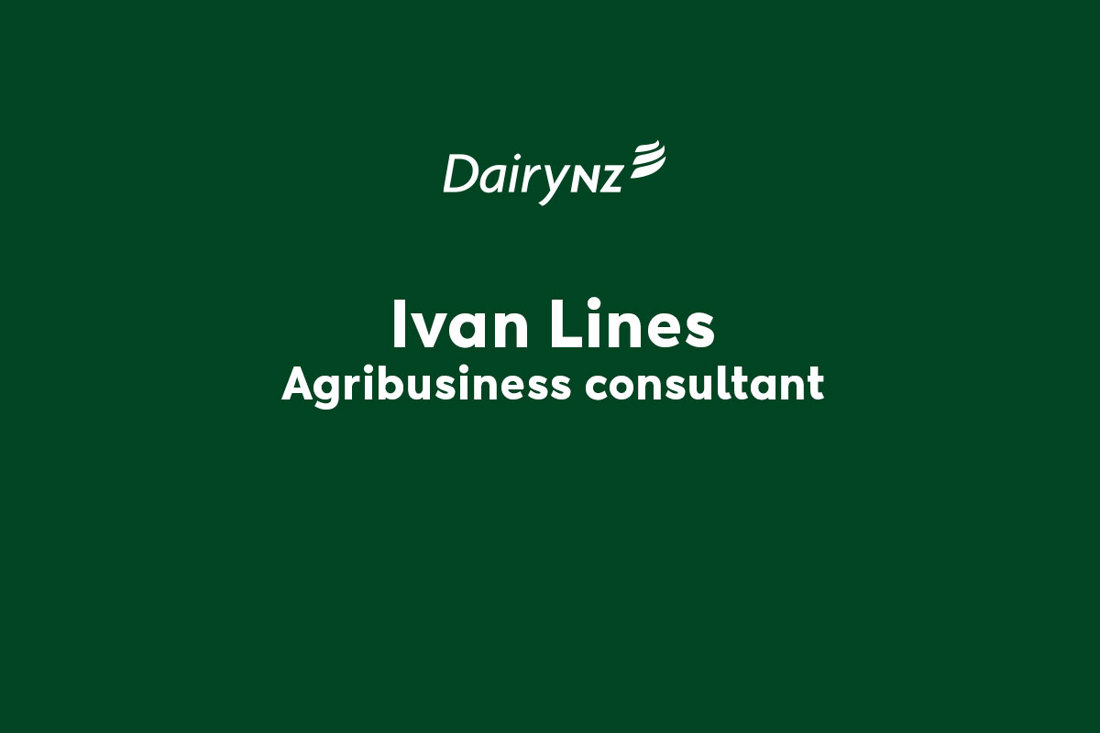
Ivan Lines, Agribusiness Consultant, shares his top 3 tips for planning your infrastructure build.
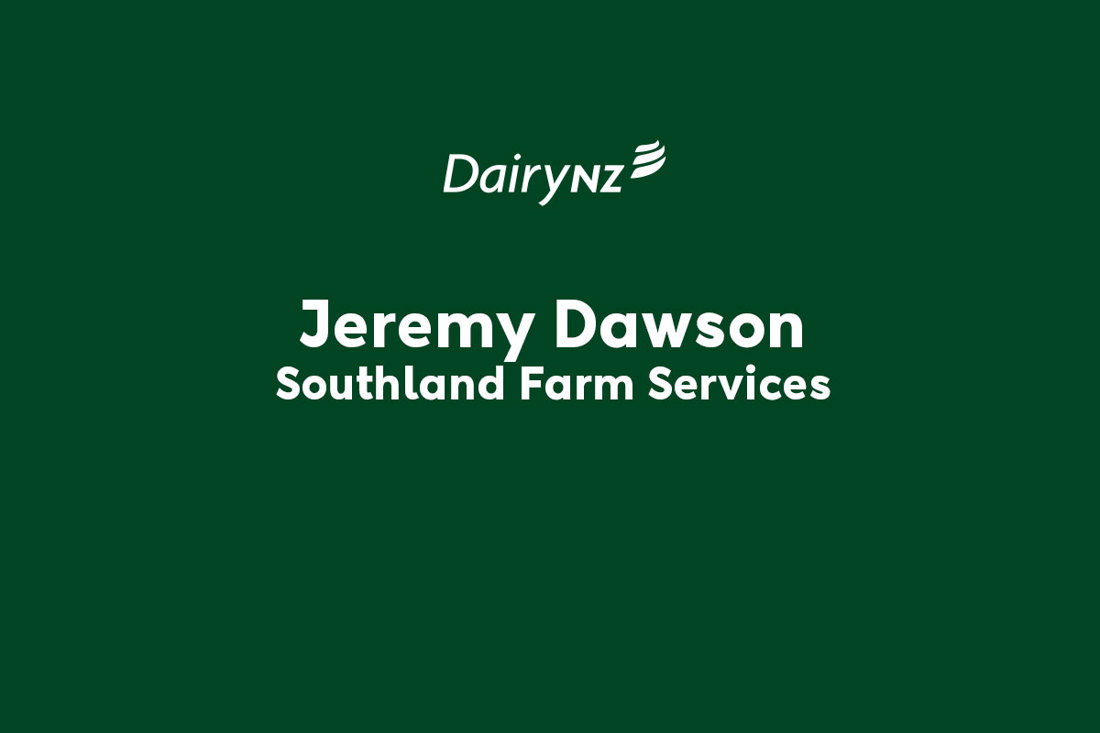
Jeremy Dawson from Southland Farm Services, shares his top tips for earth works during an infrastructure build.
When considering housing for cows, some structures are more suitable than others for housing cows for longer periods of time. Covered feed pads, covered stand-off pads and loose housed barn options are viable, provided the space per cow is increased to 8-10m² and the loafing surface meets animal welfare requirements. Free stalls are considered the gold standard but require regular use to justify the investment. If cows will be milked within the structure for extended periods throughout the year, different requirements may apply. It's best to check with your milk company to ensure compliance.
As you move into partially and fully housed structures the level of stockmanship required escalates rapidly. Risks to cow welfare in off-paddock systems are different to outdoor grazing systems and will require staff to provide appropriate care. Talk to a veterinarian who has expertise with the types of health challenges seen off-paddock systems will be important. Close contact in the barn can lead to outbreaks. e.g. lice infestations. Occasionally perform parasite tests on the milk, it's an important part of the animal health strategy. Concrete flooring needs time to cure. Cows should nott be put on concrete if they are less than six weeks old, due to a reaction with their hooves. Feeding cows Biotin beforehand for six months can help.
Now’s the perfect time to check in, plan, and set up for a strong season. We’ve pulled together smart tips and tools to help you stay ahead all winter long.
Whether you prefer to read, listen, or download handy guides, we’ve got you covered with trusted tools to support your journey every step of the way.
Put our proven strategies and seasonal tools to work. Boost production, support animal health and watch your profits hum.
Tools that are backed by science, shaped by farmers and made for this season.
That’s Summer Smarts.